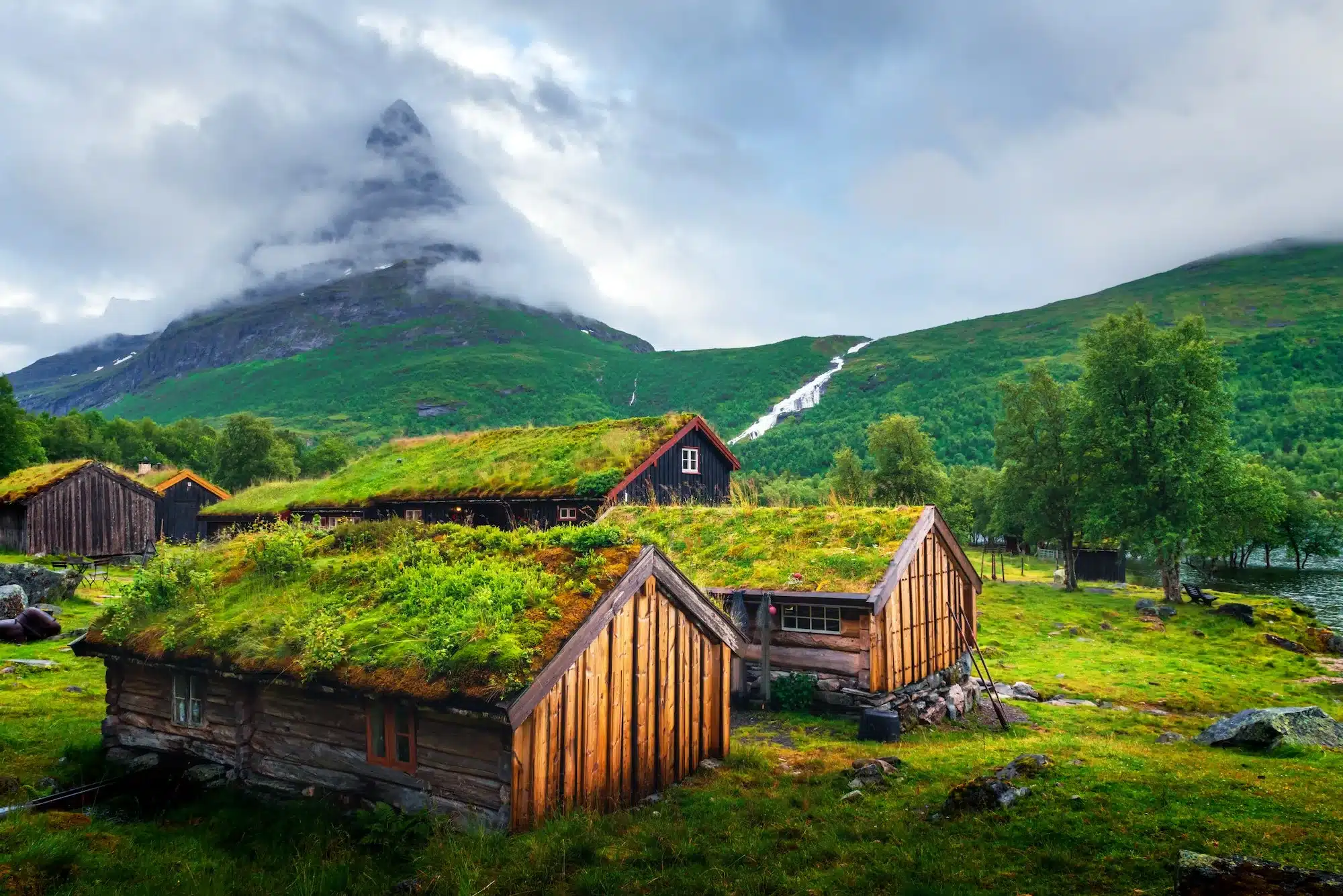
Introduction
Green roofs, also known as living roofs, have become increasingly popular in recent years due to their numerous environmental benefits. They not only provide aesthetic appeal but also offer an eco-friendly alternative to traditional roofing systems. This article explores the different ways in which green roofs help the environment and how they work.
Improving Air Quality
Green roofs are effective in reducing air pollution and improving air quality in urban areas. They help absorb pollutants such as carbon dioxide, particulate matter, and volatile organic compounds from the atmosphere, filtering the air as it passes through the vegetation. Studies have shown that green roofs can reduce particulate matter by up to 60 percent and nitrogen dioxide by up to 80 percent.
Reducing the Urban Heat Island Effect
The urban heat island effect is a phenomenon where urban areas experience higher temperatures compared to their surrounding rural areas. This effect is due to the absorption of heat by the built environment, such as roads, buildings, and pavements, which then radiates it back into the atmosphere. By lowering the amount of heat that buildings, roads, and pavements absorb, green roofs can help mitigate the urban heat island effect. The vegetation on the roof helps to absorb and release moisture through the process of transpiration, which cools the surrounding air.
Mitigating Stormwater Runoff
Green roofs help mitigate the issue of stormwater runoff, which is a major environmental problem in urban areas. During heavy rainfall, rainwater runs off rooftops and paved surfaces, carrying pollutants and debris into waterways. Green roofs help absorb and retain rainwater, reducing the amount of runoff that enters the sewer system. This not only reduces the risk of flooding but also helps improve water quality by reducing the amount of pollutants entering waterways.
Providing Habitat for Wildlife
Green roofs can provide habitat for wildlife in urban areas, where natural habitats are scarce. They provide a space for birds, insects, and other small animals to nest and forage for food. The vegetation on the roof also supports biodiversity, promoting the growth of plants and providing a source of food for wildlife.
Energy Efficiency
By reducing the amount of heat that the roof absorbs, green roofs can increase energy efficiency in buildings. This helps reduce the amount of energy needed to cool the building during hot weather. The insulation properties of the vegetation also help to retain heat during colder weather, reducing the amount of energy needed to heat the building.
Ready to explore green roofing for your building project? Contact Tom River Roofing, your expert roof service provider in Toms River, New Jersey
Green roofs provide a plethora of environmental benefits, such as better air quality and increased biodiversity. In addition, they help reduce stormwater runoff, mitigate the urban heat island effect, and improve energy efficiency in buildings. It is crucial to encourage and implement green roofs in urban areas to address environmental issues in cities. By incorporating green roofs into upcoming building projects, we can promote a sustainable and eco-friendly urban environment.






